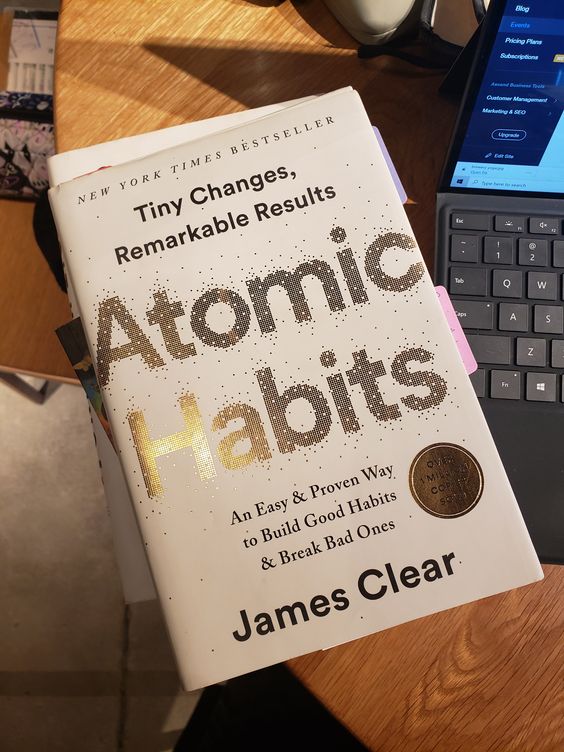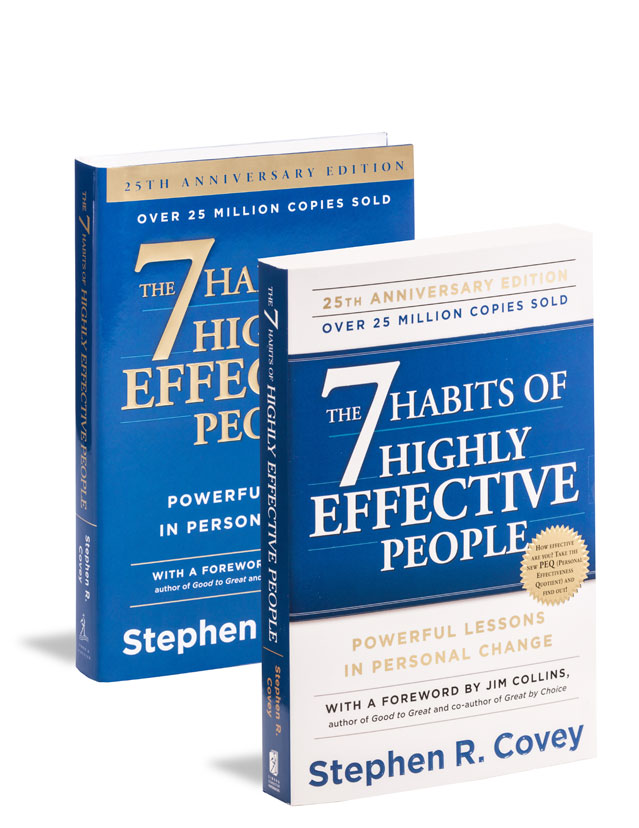The Five Love Languages Book Summary

The Five Love Languages Book Summary is for you if you have ever been in a romantic relationship, you already know that falling in love is quite easy. However, the hardest part remains staying in love, which needs careful and attentive nurturing. Unfortunately, some couples drift apart within a few months or years of being together, and some break up.
In Gary Chapman’s book “The 5 Love Languages: The Secret to Love That Lasts,” he introduces the love languages concept. Love languages can be defined as how partners prefer to be shown love which enhances communication and emotional connection. Since everyone desires to be loved uniquely, we should strive to learn how our partners interpret love. Gary believes understanding and speaking our partner’s love language is key to nurturing healthy relationships.
These 5 Love Languages include Words of Affirmation, Acts of Service, Receiving Gifts, Quality Time, and Physical Touch.
Words of Affirmation
Words of Affirmation are the first love language in this book. According to Gary, some partners love it when their partners express their love through spoken and written words. For these individuals, regular communication with their significant others results in a feeling of security and validation in the relationship. Examples of words of affirmation that can melt the heart of some individuals include “I love you,” “You mean the world to me,” “You are an amazing partner,” and “I am grateful to have you in my life, among others.
Acts of Service
The second love language explained in this book is the Acts of Service. Individuals that embrace this love language argue that actions speak louder than words. In this case, they feel loved when their partner eases their burdens by helping them. Examples of acts of service include running errands and helping with household chores. When actively helped, they develop a deeper bond that fosters love and appreciation.
Receiving Gifts
For some other individuals, receiving tangible gifts makes them feel loved. For these individuals, tangible gifts signify the thoughtfulness and effort put into selecting them, irrespective of their monetary value. In this case, thoughtful gestures and surprises result in feeling deeply loved and appreciated.
Quality Time
Quality Time is the next love language explored by Gary Chapman. People with “quality time” as their love language highly value undivided attention and intentional togetherness with their partners. They enjoy spending quality time with their significant others, engaging in deep and meaningful conversations, and actively engaging in shared activities. The above activities strengthen the emotional connection between couples.
Physical Touch
The final love language explored is Physical Touch. For people who adopt this language, physical contact, including hugs, cuddling, holding hands, and gentle touches, convey emotional support and deep affection. As per Chapman, physical touch may also communicate reassurance, intimacy, and a sense of security.
In “The Five Love Languages,” the author offers us priceless insights into understanding and expressing love effectively. If we effectively identify our partner’s primary love language, we can bridge the gap in emotional support, connection and build lasting relationships. Through this book, Gary offers a guide to developing meaningful and solid relationships filled with love, kindness, appreciation, and understanding. Gary’s wisdom and hands-on advice empower us to navigate the complexities of love and foster romantic connections founded on the specific needs of our partners.
Key Lessons
- The five love languages include the Words of Affirmation, Acts of Service, Receiving Gifts, Quality Time, and Physical Touch. Since partners may have different love languages, recognizing and speaking your partner’s love language is key to nurturing a strong relationship.
- Communication is key in relationships. According to Chapman, lovers should understand and express love in a way that resonates with their significant others’ love language. In this case, partners should openly discuss and identify each other’s love language to bridge communication gaps and strengthen a deep emotional bond.
- It is key to note that what makes you feel loved and appreciated may not have the same impact on your partner. In this case, always ensure that you tailor your expression of your love with your lover’s love language instead of assuming they have the same preferences as yours.
- To keep love alive, couples should engage in intentional actions, including fulfilling their significant others’ love language. In this case, Chapman proposes consistently practicing the partner’s love language.





